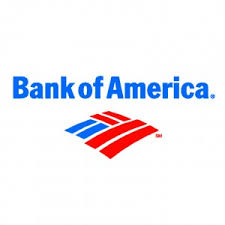Bank of America Merrill Lynch Rolls Out Digital Disbursements

Bank of America Merrill Lynch on Tuesday (Sept. 30) launched a product called Digital Disbursements, which is designed to allow for digital payments right into bank accounts, using only a mobile phone number or an E-mail address as an identifier.
The product launched is being positioned by BofA Merrill as a B2C service, something that will help companies pay their customers more easily for situations such as rebates, refunds and claims payments. But the nature of the service is not going to appeal to large enterprises, but will speak to the payment needs of many SMBs. And the entities those SMBs need to typically pay? Other SMBs. Hello, B2B.
“Digital Disbursements emerges from the rapidly evolving world of payments, in which both consumers and corporations are increasingly opting for faster, easier ways to send and receive money electronically,” said Ather Williams III, head of Global Payments in Global Transaction Services (GTS). “Through this method, customers don’t have to wait for the check to come in the mail and there is no need for companies to maintain sensitive personal bank account information.”
BofA Merrill said that this is same approach that it’s been using for P2P payments, leveraging its partnership with clearXchange.
The financial firm also argued that Digital Disbursements addresses two current trends. First, the movement of consumers embracing mobile banking. It projected that 63 percent of mobile users will use mobile banking by 2018. The second trend is the reluctance of consumers and businesses to provide bank information to a payee. By using BofA Merrill as a go-between, the argument goes, consumers and businesses would not have to trust the company they are paying, as long as they trust BofA Merrill.
The financial firm tried to make a case for business users to use the service. Purported benefits include the ability to deliver funds to customers faster and with less complexity than a physical check, a reduction in end-to-end disbursement costs by as much as 75 percent when compared to a physical check, merchants could potentially save more than US$1 billion annually by eliminating disbursement checks, a reduction in escheatment management, an administrative burden that is both costly and time consuming and the elimination of the need to obtain and store sensitive bank account information.